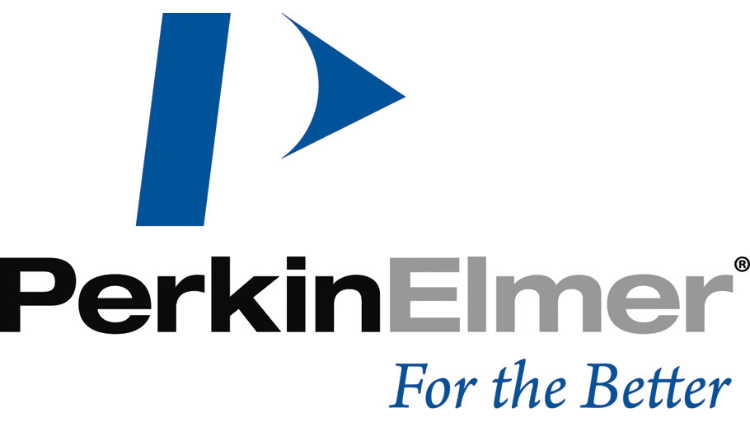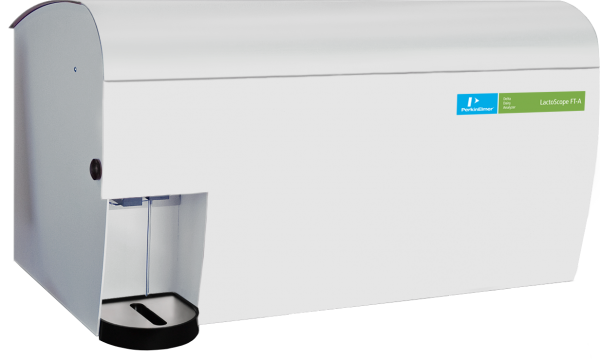Promotional Features
One-step testing: Why homogenization is key for quality control in dairy
Quality control procedures are critical in the dairy processing industry to ensure efficient and consistent production of high-quality dairy products.
Creating a consistent product during manufacturing requires processes that can be monitored and controlled accurately. Without proper quality testing protocols in place, dairy processors will not achieve the consistency that consumers demand in terms of flavor, texture and composition in the products they buy from one purchase to the next.
In the dairy industry, such controls are mandatory to meet regulatory and brand requirements, but they can also help to improve production efficiency and maximize profits for producers. Failure to control the concentration of key components, such as fat, can have a major impact on margins.
Take butter, as an example. Typically, a product with a fat content below 80-82% (depending on the country of production) cannot be labelled as butter, and anything over the target 80-82% requirement will contain excess fat needlessly. Each scenario will result in waste for the producer.
Controlling samples at exactly the correct percentage and composition will reduce the potential for waste, thereby improving the outcome for the producer. It’s a similar story around labelling requirements for whole milk, reduced fat milk and low fat milk; controls matter because being precise impacts the bottom line.
Diversification within dairy
As margins on liquid milk have decreased in recent years, large milk producers have diversified into higher-margin products, such as yoghurts and creams.1 These products are more complex and viscous and therefore more challenging to analyze. This has increased the demand for more complex testing capabilities with instruments that perform accurate, reliable and repeatable analyzes, thereby eliminating waste, speeding up processes and optimizing margins.
Another significant shift in the industry has been the growth in demand for plant-based products, with the plant-based milk segment projected to grow by over 77% to $44.2 billion between 2023 and 2027.2 These products continue to introduce new challenges for manufacturers performing testing as, unlike animal-sourced milk, plant-based production is subject to greater variation within crop years and crop sources. This can result in differences in constituent concentrations and raw materials that are not naturally homogenous. And, like animal-sourced dairy, they vary in viscosity.
“We know that the complex nature of viscous products makes them more difficult to analyze,” says Jackie Trudell, Senior Global Food Market Manager, Dairy & Liquids at PerkinElmer. “Dairy processors need to ensure the instrument they’re using can handle viscous dairy products and that they are generating accurate and repeatable results, without risk of error.”
With multiple variables at stake, how can processors be confident they are achieving accurate results?
Challenges with viscosity
With a cream, it is the fat content that determines the viscosity of the product. But with a yoghurt, viscosity is determined by the type of culture or the treatment of the yoghurt in the production process; even a fat-free yoghurt can be as viscous as a cream.
“Yoghurt goes across the board in terms of viscosity, from drinkable yoghurt all the way through to flavored and indulgent yoghurts,” says Jackie Trudell. “Consider a really thick Greek yoghurt – it may have watery liquid floating on top, and this can create challenges analytically.”
This example illustrates one of the challenges that dairy processors face when testing complex products, in that every sample of any given product should be homogenous, or as consistent and similar as possible. Multiple phases, as illustrated in the yoghurt example, can impact accuracy and repeatability of analyzes, as can simple fat globules present in milk.
To prevent the impact of multiple phases and fat globules in samples, particles must be uniform. They create light scatter during analysis, and variability of particle size negatively impacts the repeatability and accuracy of the analyzes. The smaller and more consistent particles are, the better, and this is why it is crucial to homogenize samples before analysis.
Homogenization makes particles more uniform and as small as possible, and works them into the sample as a whole. Without a homogenizer, samples will significantly vary in particle size and thus scattering – which effectively changes the pathlength of the measurement. Analysis of non-homogenized samples will therefore be less accurate. This is exacerbated in complex dairy and plant-based products formulated with stabilizers and other non-dairy ingredients.
A one-step process
For dairy and plant-based products containing up to 55% fat, Fourier Transform Infrared (FTIR) transmission technology is commonly used to analyze a variety of dairy samples during production. Investing in an FTIR instrument with an inbuilt homogenizer not only ensures repeatability and accuracy, but also maximizes efficiency, as elements of sample preparation are included in the instrument’s workflow, freeing up users to perform more value-added tasks.
The LactoScope™ FT-A is PerkinElmer’s most versatile mid-infrared analyzer, capable of testing a wide range of dairy products and plant-based dairy substitutes from milks and creams to concentrates and yoghurt mixes. Its inbuilt homogenizer and hardware innovations allow dairy producers and laboratories to test the most challenging dairy products, with a typical accuracy under 1% coefficient of variation (CV) and a measuring time of just 30 seconds.
“Even with more viscous products, the FT-A can homogenize and analyze samples within 30 seconds. Time is of the essence in these environments – that’s where we offer a key benefit,” says PerkinElmer’s Jackie Trudell.
Operated via a simple-to-use, touch-screen interface, the FT-A runs on powerful but intuitive ResultsPlusTM software that is compatible with a broad range of instruments across PerkinElmer’s food quality instrument portfolio. This means that for dairy operations with multiple testing requirements, their workforce is already familiar with the technology, making onboarding and training easier.
Other capabilities offered with the FT-A include the PerkinElmer NetPlusTM cloud solution which enables remote configuration and monitoring of a single or a fleet of instruments. This allows laboratory managers to react quickly to processes by controlling a network of instruments across multiple plants and locations from a central point, without interrupting production lines.
The modular design of the FT-A makes it easy for customers to replace parts on site, again minimising downtime and keeping lines moving. In addition, PerkinElmer’s service team supports with preventative maintenance to further ensure smooth running of operations. And when customers innovate and develop new products over time, its applications team is available to offer guidance and support.
“We have a long history in creating this instrumentation, so sharing that expertise and longstanding knowledge with our customers means we can offer unrivalled service and support,” says Jackie Trudell. “As you grow, the instrument grows with you. We are there every step of the way.”
As the dairy industry continues to innovate and diversify, while also coming under economic pressures, the need for quality testing has never been more important. Simplifying processes without compromising accuracy and quality can go a long way towards achieving profitable success.
References
1. National Agricultural Statistics Service (NASS) (March 2023).
2. Statista (April 2023).


